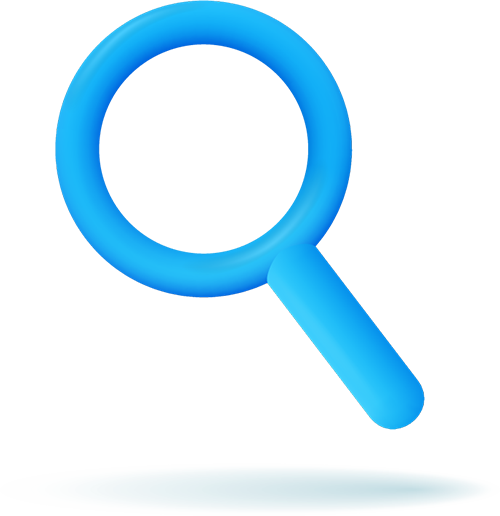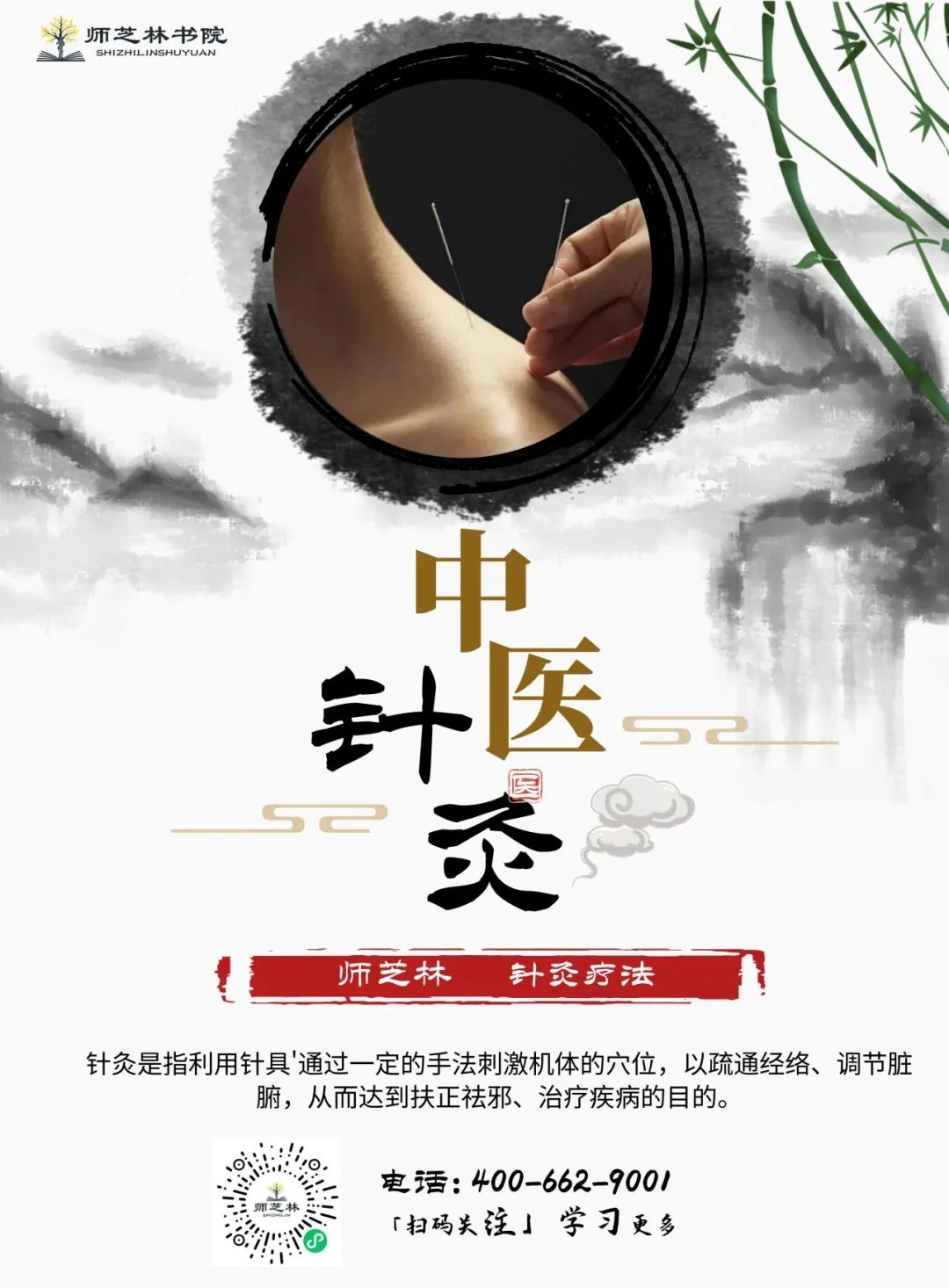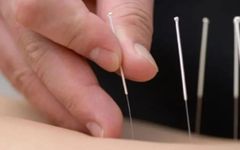
Acupuncture in Traditional Chinese Medicine

Acupuncture is a unique treatment method for diseases in China. It is a form of “external treatment for internal diseases”. It works through the conduction of meridians (jingluo) and acupuncture points (zhuyuan), along with specific techniques, to treat various ailments throughout the body.
In clinical practice, the diagnosis is made according to TCM methods to identify the cause of the disease, pinpoint the key issues, determine the nature of the illness, and ascertain which meridian and organ are affected. The diagnosis also involves distinguishing whether the condition is related to exterior/interior, cold/heat, or deficiency/excess. Following this, an appropriate acupuncture point prescription is made for treatment. This aims to unblock the meridians, regulate qi and blood, restore relative balance of yin and yang, and harmonize organ functions, thereby achieving the goal of disease prevention and treatment.

Characteristics of Acupuncture
The characteristic of acupuncture therapy is that it does not rely on medication; instead, needles are inserted into specific points on the patient’s body to stimulate nerves and elicit local responses, or heat is applied to the area to achieve therapeutic effects. The former is known as needling (zhengfa), while the latter is referred to as moxibustion (jiufa), collectively termed acupuncture therapy.
In clinical practice, acupuncture therapy is diagnosed according to TCM methods to identify the cause of the disease, pinpoint the key issues, determine the nature of the illness, and ascertain which meridian and organ are affected. The diagnosis also involves distinguishing whether the condition is related to exterior/interior, cold/heat, or deficiency/excess. Following this, an appropriate acupuncture point prescription is made for treatment. This aims to unblock the meridians, regulate qi and blood, restore relative balance of yin and yang, and harmonize organ functions, thereby achieving the goal of disease prevention and treatment.

Advantages of Acupuncture Therapy:
First, it has a wide range of indications and can be used for the treatment and prevention of various diseases in internal medicine, surgery, gynecology, pediatrics, and otorhinolaryngology;
Second, the therapeutic effects are relatively rapid and significant, especially in enhancing bodily functions, improving disease resistance, and providing sedative and analgesic effects;
Third, the methods are simple and easy to perform;
Fourth, the medical costs are economical;
Fifth, there are minimal or no side effects, making it generally safe and reliable, and it can be combined with other therapies for comprehensive treatment. These factors contribute to its enduring popularity among the public.

Pain Associated with Acupuncture
The sensation of pain during acupuncture depends on two factors: the practitioner and the patient.
Generally, when needles are inserted into the body, sensations of soreness, numbness, distension, and heaviness may occur, which are responses indicating the effective flow of qi (qi de qingkuang). These are positive signs. Of course, a relaxed patient will cooperate with the practitioner, reducing the likelihood of pain during needling.
A very tense patient may frequently experience unpleasant pain, indicating that pain during acupuncture is not absolute; beneficial pain can alleviate the patient’s suffering. Unpleasant pain often arises from the patient’s tension and the practitioner’s lack of skill. If you can relax completely during acupuncture and find a skilled acupuncturist, you will likely not be troubled by pain.

Applications of Acupuncture
Through long-term medical practice, acupuncture has developed a theory of meridians consisting of fourteen primary meridians (shier jingmai), eight extraordinary vessels (qijing bajiao), fifteen collateral channels (shier jieluo), twelve muscle sinews (shier jingjin), twelve cutaneous regions (shier pibu), as well as sun collaterals (sunluo) and floating collaterals (fuluo), along with knowledge of 361 acupuncture points (zhuyuan) and extra points (jiyuan) associated with specific diseases. This has led to the discovery of specific relationships between certain body areas and the creation of meridian theory, resulting in a comprehensive system for treating diseases.
Due to the unique advantages of acupuncture therapy, its wide applicability, rapid and significant effects, simple methods, economical costs, and minimal side effects, acupuncture has been disseminated to countries and regions such as Japan, Korea, India, and Arabia since the Tang Dynasty, where it has flourished and developed unique styles of acupuncture medicine. To date, acupuncture has spread to over 140 countries and regions, playing a significant role in safeguarding the health of humanity.
Acupuncture is a body of scientific and cultural knowledge that has developed in China under specific natural and social conditions, embodying the unique spirit, thinking, and cultural essence of the Chinese nation. It encompasses a wealth of practical observations, knowledge systems, and technical skills, reflecting the powerful vitality and creativity of the Chinese people. It is a crystallization of Chinese wisdom and a treasure of human civilization that deserves better protection and utilization.


